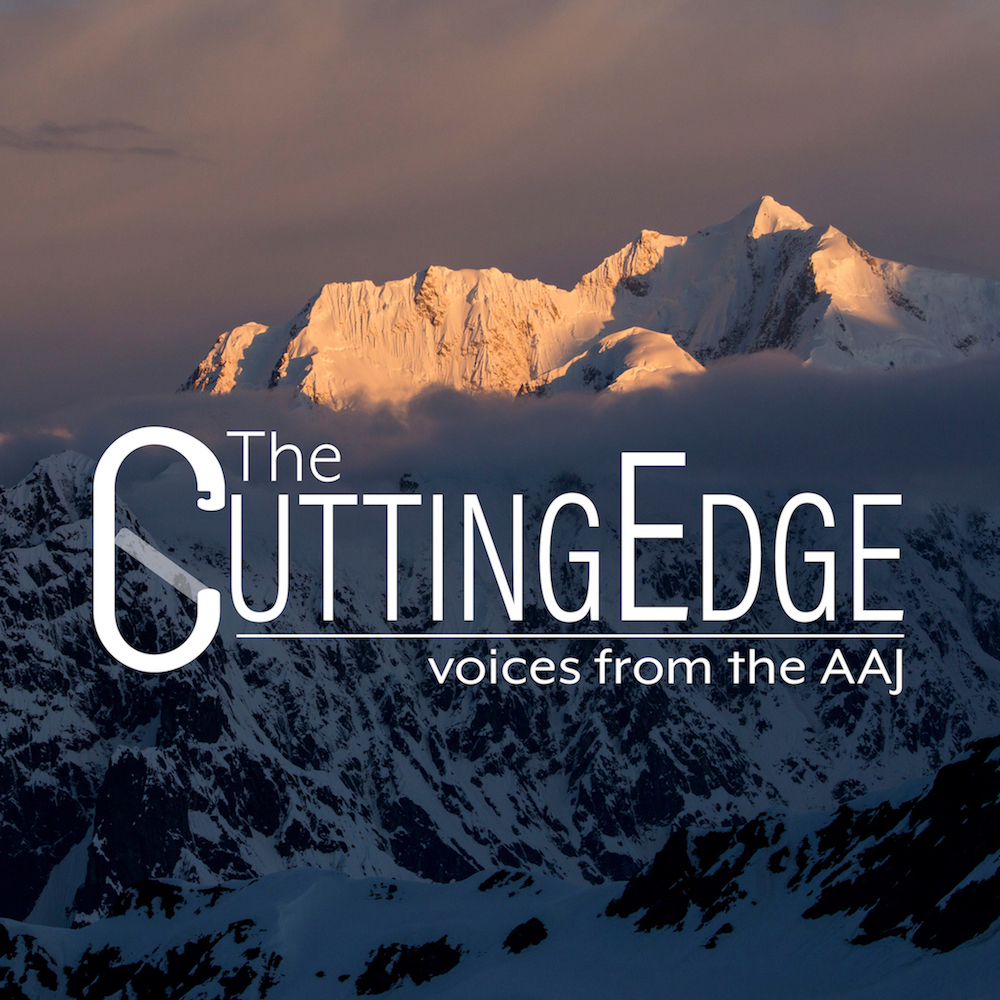Denali's Howl: The Deadliest Climbing Disaster on America's Wildest Peak
By Andy Hall

Denali's Howl: The Deadliest Climbing Disaster on America's Wildest Peak. By Andy Hall. E.P Dutton & Co. (Penguin Group), 2014. 272 pages. Hardcover, $27.95.
Blind dates don’t often work out well, but they only last a night. Climbing with people you don’t know—especially for a month on a mountain like Denali—has the potential for epic conflict. This was borne out in the 1967 expedition that encountered, in addition to conflict, the worst storm recorded on the mountain. In a review of James Tabor’s book Forever on the Mountain (AAJ 2008), this summary I wrote serves as an introduction to the saga:
“...three Colorado climbers, led by Howard Snyder, joined forces with a team of nine Pacific Northwest climbers, led by Joe Wilcox, because the NPS required parties to be at least four in number. The fourth member of the Colorado team had to drop out at the last moment, so that thrust these two teams...together. It was not to be a happy marriage and would end in tragedy when seven of the Wilcox party died from exposure some days after they (six of them—one stayed in high camp) elected to climb to the summit from their 17,900-foot camp during a lull in a fierce storm.... Their desire to gain the summit and their relative inexperience were surely the key elements that clouded their judgment to do the prudent thing, which would have been to descend from high camp. This decision was theirs, not, as suggested years ago, that of their leader, Joe Wilcox.”
Over the past 40 years, my assumption regarding the causes was similar to most of my peers: a mountaineering disaster that was the result of inadequate leadership (Joe Wilcox), expertise, and conditioning, exacerbated by a one-two punch of severe weather events. Many of us relied on our personal experiences on the mountain, mine being a 45-day first ascent of the East Buttress with five others in 1963. We also read the report and analysis written in the journal I edited, Accidents in North American Mountaineering. Shortly thereafter, Howard Snyder’s book The Hall of the Mountain King laid the blame solely on Joe Wilcox’ doorstep. Wilcox’ book, White Winds, not published until 1983, did not change many opinions.
This new account by Andy Hall, former editor and publisher of Alaska magazine, is meticulous and thorough in its examination of the details before, during, and after the expedition. As the five-year-old son of then-Superintendent George Hall, he has early memories of the aftermath. He was prompted to write this book because author James Tabor tried to lay blame for the climbers not being rescued on his father, on the chief ranger, and on the Alaska Rescue Group (ARG). Those few of us who were there during that era know full well that potential for rescue was low, because communication devices were unreliable at best and park personnel had not been hired for an expectation of mountain expertise, even though the park and the ARG would assist if they could. We assumed we were on our own.
It is well worth the read for the deep insight regarding the climbers (especially Joe Wilcox and Howard Snyder, whom Hall interviewed recently), the members and efforts of the ARG, and the Mountaineering Club of Alaska. In 1967, the latter group, under the leadership of Frank Nosek, presented a Certificate of Honorary Membership to Superintendent George Hall in recognition of his efforts to keep Denali open to climbers despite incredible pressure to close it down.
– Jed Williamson


